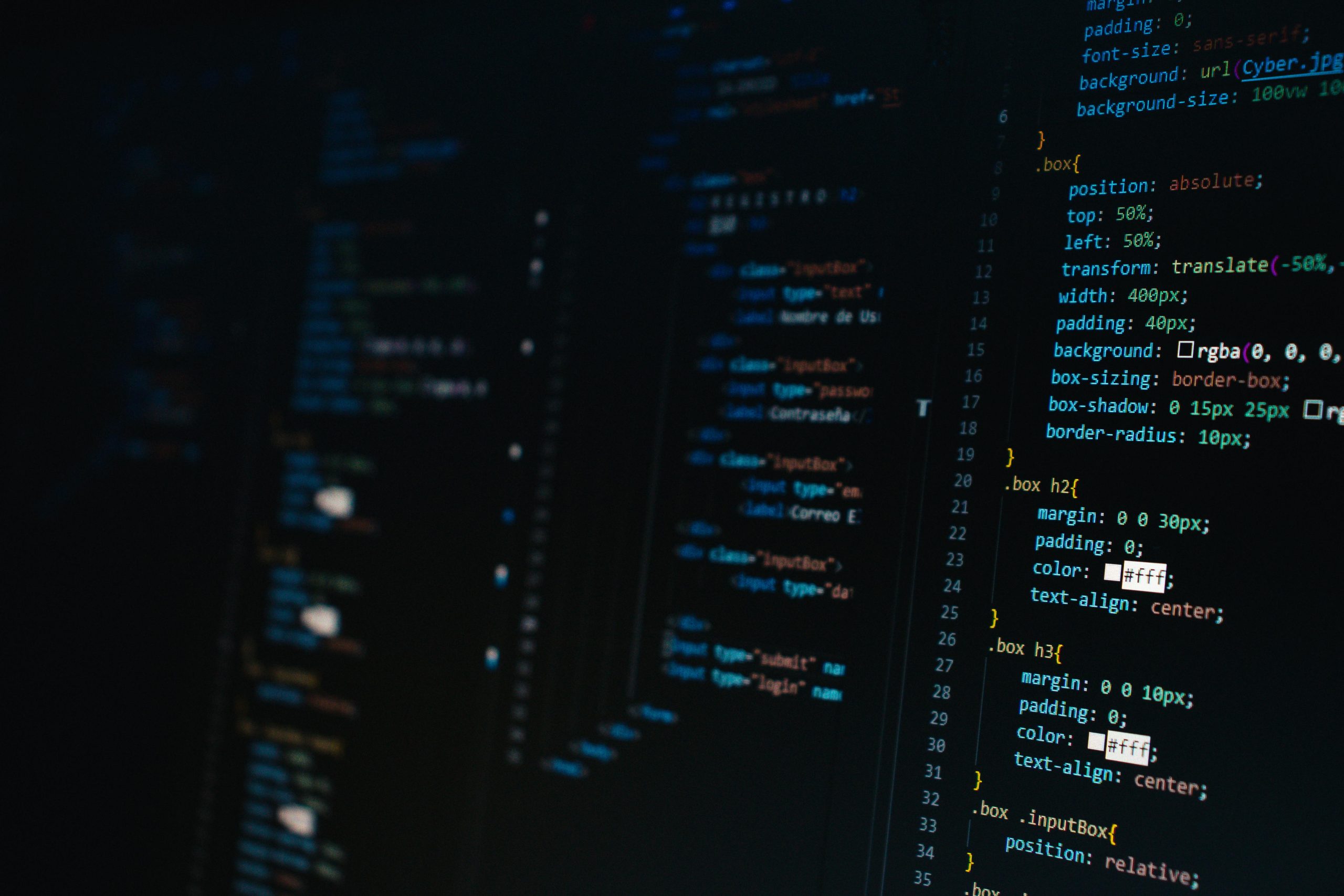In today’s fast-paced digital world, cyberattacks are growing in sophistication and scale. Organizations are battling a wave of threats that can arise at any time, from anywhere. How do cybersecurity teams stay ahead of these risks? How can they make sense of the overwhelming flood of data coming from their networks, devices, and applications?
Enter Security Information and Event Management (SIEM)—a tool that acts as the command center of an organization’s cybersecurity defenses. In this post, we’ll explore the concept of SIEM, its importance, and its role in modern cybersecurity. Plus, we’ll dive into a real-life incident that underscores its critical value, leaving a lasting impression of just how pivotal this technology can be.
A Real-Life Hacking Story: The Carbanak Cybercrime Group
Between 2013 and 2018, a cybercrime group known as Carbanak orchestrated one of the most sophisticated heists in history. Instead of targeting customers, they went after the infrastructure of financial institutions, infiltrating banks and stealing a staggering $1.2 billion over five years.
The group used phishing emails to deploy malware that granted them access to internal banking systems. Once inside, they spent months observing operations and learning the workflows of employees.
Their attack wasn’t about brute force—it was about precision. They used legitimate administrative tools to blend in and avoid detection. From there, they manipulated bank systems to:
- Transfer funds into their accounts.
- Trick ATMs into dispensing cash.
- Modify account balances to enable fraudulent transactions.
This attack could have been prevented—or at least mitigated—by a robust SIEM system. By correlating unusual activity across endpoints and monitoring for prolonged reconnaissance behaviors, SIEM could have identified early warning signs such as:
- Unauthorized remote access attempts.
- Abnormal patterns in database queries.
- Increased use of administrative privileges during off-hours.
Many of the banks targeted did not have proper monitoring tools, making it easy for Carbanak to operate undetected for months. The attack highlighted the importance of centralized threat detection and response mechanisms.
What is SIEM?
SIEM, short for Security Information and Event Management, is a system that collects, analyzes, and interprets security data from across an organization’s IT infrastructure. Think of it as the “brain” of your cybersecurity setup—monitoring and identifying patterns that could signify an attack.
The Key Functions of SIEM
- Data Aggregation: Collects logs and events from various sources, including firewalls, endpoints, servers, and applications.
- Threat Detection: Analyzes data for suspicious activity, such as anomalies or known attack patterns.
- Incident Response: Generates alerts when threats are detected, helping security teams respond swiftly.
- Compliance Management: Helps organizations meet regulatory requirements by providing detailed audit trails.
- Reporting: Creates dashboards and reports to monitor security trends and overall posture.
Why is SIEM Important?
SIEM provides visibility into an organization’s entire network and empowers security teams to detect and respond to threats in real time. With cyberattacks occurring every 39 seconds, relying solely on human intervention is no longer sufficient. SIEM bridges the gap by automating the monitoring process, reducing response times, and mitigating potential damage.
How SIEM Works
Data Collection
SIEM collects log data from various sources: firewalls, intrusion detection systems, servers, and applications.
Normalization
It standardizes data into a common format, enabling analysis across diverse systems.
Correlation
SIEM correlates events to identify patterns that indicate potential threats. For example:
- Multiple failed login attempts across different locations.
- A sudden spike in network traffic to an external IP address.
Alerting
If an anomaly matches predefined rules, SIEM generates an alert.
Incident Response
SIEM integrates with tools like SOAR (Security Orchestration, Automation, and Response) to automate responses, such as isolating compromised systems or blocking malicious IPs.
Benefits of SIEM
Early Threat Detection
Identifies threats before they escalate into major incidents.
Regulatory Compliance
Ensures organizations meet standards like GDPR, HIPAA, and PCI DSS.
Improved Forensics
Logs and event data are stored for detailed post-incident analysis.
Operational Efficiency
Reduces manual workload by automating threat detection and response.
Challenges in Implementing SIEM
Complex Setup
SIEM systems require careful configuration to align with organizational needs.
False Positives
Overwhelming alerts can lead to alert fatigue. Fine-tuning rules is essential.
Cost
Advanced SIEM solutions can be expensive, especially for small organizations.
Skill Gap
Effective SIEM management requires trained professionals.
Choosing the Right SIEM Solution
When selecting a SIEM tool, consider:
- Scalability: Can it handle your organization’s data volume?
- Integration: Does it integrate with existing tools and infrastructure?
- User-Friendliness: Is the interface intuitive?
- Advanced Features: Look for capabilities like machine learning and behavioral analysis.
Popular SIEM solutions include:
- Splunk
- IBM QRadar
- ArcSight
- Microsoft Sentinel
SIEM as a Cornerstone of Cybersecurity
The story of the Carbanak group is a stark reminder of why SIEM is indispensable. Cybercriminals are becoming more strategic, and organizations need tools that offer visibility, intelligence, and rapid response capabilities.
SIEM is not just a tool—it’s a critical ally in the fight against cyber threats. Whether you’re new to cybersecurity or a seasoned professional, understanding the role of SIEM equips you to build stronger defenses and contribute to a safer digital ecosystem.
By embracing the power of SIEM, you’re not just protecting data—you’re safeguarding trust, reputation, and the future of your organization.
The next step is yours. Are you ready to dive deeper into the world of cybersecurity?


